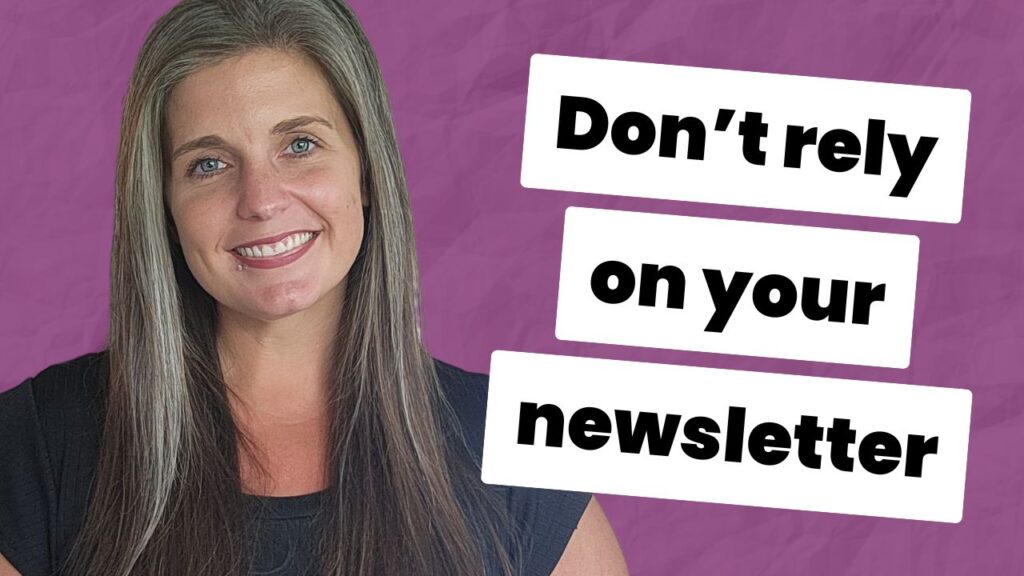Subscribers will NEVER see that credibility-building case study if you’re careless with your email subject line.
Case in point: This case study email was full of purchase-boosting proof but, unfortunately, had a subject line that was all too easy to overlook.
Here’s how I’d rewrite it to grab attention and increase opens:
Transcript:
If you want more people to see your nurturing and sales emails, your first goal is to get them to open them. The thing is, it’s really easy to write subject lines that miss the mark and get ignored.
Hi, I’m Paige, and I’m a Conversion Copywriter.
In this video, we’re going to make over a subject line that, in my opinion, was missing any tie to the conversion context whatsoever. And we’re going to rewrite it in a way that is more likely to speak to what ideal buyers care about.
Let’s take a look.
The first thing I see when I look at this email is the subject line that says, “Study these three examples.” Now, as a subscriber, I’m wondering: “Why?” Right? There’s no clear connection to why I would want to do the work of studying these three examples.
So, the first thing I see here is that there could be a stronger tie to the conversion context in terms of connecting it back to something that I care about doing—either solving a problem, achieving a goal, or an outcome, or finding out some secret about a failed solution, or learning more about a solution that I’m looking for.
There are a lot of different options here, but the point is:
How do we connect our core message – the point of the email and the subject line – back to the conversion context, so the subscriber actually has a reason for wanting to click through and read the email?
Once we get into the email, we see that…
- There is a special promotion ending specifically called “Best Launch Ever.” I think I’m going to use that.
- The point of the email is about case studies – proving that this program, “Best Launch Ever,” actually works.
- This brand primarily serves coaches.
Okay, so the first thing I’m going to do is lean into this case study approach because this can be an easy way to convey proof and get people who are interested in the program, who’ve seen earlier emails, the proof that they need to see in order to actually take action and apply for this program.
So, instead of saying, “Study 3 three examples,” I’m going to keep the “3” because it’s specific.
And instead of “examples,” I want to be more specific to the persona, right? Because I don’t care anything about examples, but I might care about coaches if I’m a coach, right?
So, “3 coaches who had their best launch ever.”
To recap, we went from a subject line that says, “Study these 3 examples,” which implies work (with “study”) and doesn’t connect back to the conversion context in any meaningful way, to a subject line that reads “3 coaches who had their best launch ever.”
This is more specific. It calls out the specific avatar. And it touches on the ultimate dream state or outcome that they want. Plus, it nicely ties in the name of the promotion.
As you can see from this email, it is incredibly easy to write subject lines that don’t say anything that matters to the ideal buyer. But, if you do your voice-of-customer research and you’re keeping that conversion context in mind, no matter what you’re working on, it is just as easy to write messages, or in this example, subject lines that are more likely to connect and then eventually convert your ideal buyers.
If you’d like help diving into the brains of your best buyers, so you can figure out what motivates a purchasing decision, and maybe more importantly, what gets in the way of one, so that you can put out campaigns that better connect with ideal buyers so that they make more purchases, we should chat.
Click here to start a project conversation with me.


